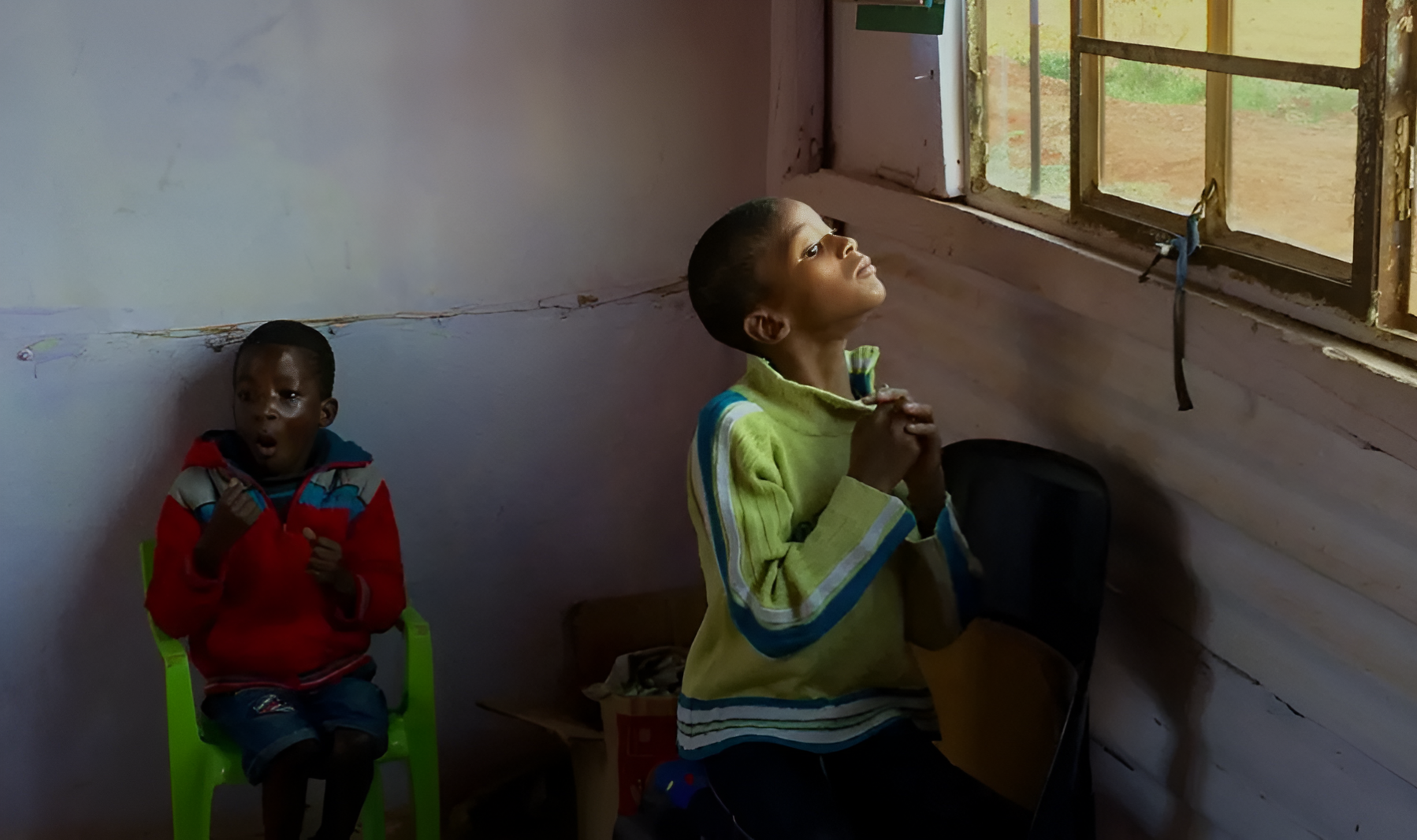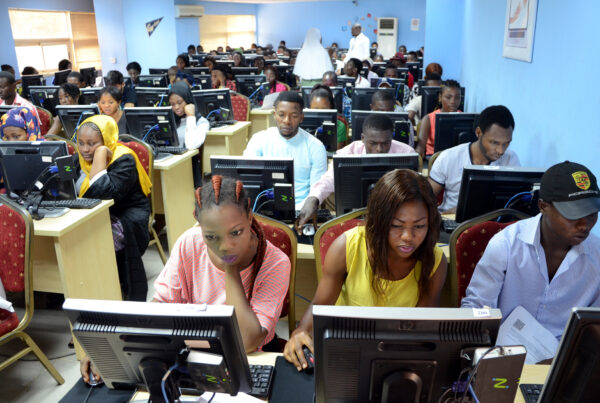In classrooms across the world, education is meant to be the great equalizer, offering every child, regardless of ability or background, the opportunity to thrive. Yet for millions of children with special needs, schools are still failing to live up to that promise.
Despite the rise of inclusion policies, the lived reality for many children with disabilities paints a troubling picture. In practice, most mainstream schools are ill-equipped, under-resourced, and in some cases, indifferent to the unique needs of these students.
The Illusion of Inclusion
Today, many public and private schools claim to be “inclusive.”
The term suggests a learning environment where all children, regardless of physical, emotional, or intellectual differences, receive equitable support. But for many special needs students, inclusion is a façade.
In overcrowded classrooms and rigid academic environments, these children are too often left behind or sidelined by teachers who lack the tools, training, and time to engage them meaningfully.
“Every day, my son sits in class and watches the others learn,” said Tolu, a mother of a 9-year-old boy with autism in Lagos, Nigeria. “The teacher doesn’t know how to engage him. We are frustrated and confused. We have spent a fortune hiring lesson teachers so that he could catch up.”
Teachers on the Brink: Low Pay, Poor Working Conditions
At the heart of the problem lies a demotivated teaching workforce. Many teachers are struggling under the weight of systemic neglect; underpaid, overworked, and underappreciated.
With meager salaries that barely cover living expenses, little to no professional development, and overcrowded classrooms, most teachers find themselves operating in survival mode. There is neither the capacity nor the incentive to provide differentiated instruction, especially for students with complex needs.
A private school teacher in Ibadan shared recently on a Facebook group that : “We’re expected to perform miracles with no resources. I’ve never received formal training on how to handle special needs. Yet I have at least three such children in my class, alongside 40 others. Management expects results, but offers no support.”
Profit Over People: The Role of Private School Owners
In the private education sector, the situation is often worse. Many school proprietors prioritize profit margins over educational quality. Teachers are employed on short-term contracts, paid irregularly, and denied basic welfare benefits. Meanwhile, little is invested in specialist staff or inclusive learning environments. Special needs students, who often require more time, patience, and tailored instruction, are viewed as liabilities rather than learners.
“There’s pressure to ‘keep the parents happy’ without spending money on training or hiring specialists,” said a former teacher at a private school in Abuja. “So the children just sit there, idle or excluded. It’s heartbreaking.”
The Cost: Lost Potential and Broken Spirits
According to UNESCO, children with disabilities are among the most likely to be out of school. Even when enrolled, they face higher rates of grade repetition, poor academic performance, and school dropout.
In Nigeria, a 2022 study found that only 10% of children with special needs who enrolled in mainstream schools completed primary education. These children not only fall behind academically, but suffer social and emotional harm from constant exclusion and misunderstanding.
The result is a generation of young people with immense potential who are slowly and silently pushed out of the system.
What Needs to Change?
True inclusion is not about sitting all children in the same classroom. It’s about ensuring that every child is seen, heard, and supported.
Key solutions include better teacher motivation through fair salaries, proper working conditions, and professional development, mandatory training on inclusive education for all educators. and smaller class sizes and additional support staff, such as special educators and therapists.
Strengthening School Support for Special Needs Children through Therapist Collaboration
As schools strive to provide inclusive education for all learners, a crucial step toward meaningful inclusion is the integration of professional therapy services, especially ABA (Applied Behavior Analysis) and speech therapy. These specialists play a vital role in supporting children with autism, developmental delays, behavioral challenges, and communication disorders. However, for many schools, the gap lies not in intention but in execution. To close this gap, schools must explore practical ways to collaborate with ABA and speech therapists.
One of the most effective strategies is partnering with therapy centers or independent practitioners. This allows professionals to visit the school regularly and provide targeted one-on-one or group sessions, either in person or virtually. Such partnerships give students access to expert care without disrupting their school routine.
Where feasible, schools can also employ therapists directly, even on a part-time basis. Hiring a speech or behavioral therapist ensures consistent support and helps embed therapy into the daily learning environment. This is particularly helpful in schools with dedicated special needs units or high numbers of neurodivergent learners.
Another option is cost-sharing with parents. Schools, especially in the private sector, can work with parents and therapists to co-fund in-school therapy services. This makes therapy more affordable for families while keeping it accessible within the school environment.
Therapists should also be included in the development and execution of Individualized Education Plans (IEPs). Their involvement helps tailor classroom strategies and goals to each child’s specific needs, promoting better outcomes.
Additionally, schools can support collaboration by providing quiet, private spaces for therapy sessions and helping coordinate schedules that don’t interfere with academic time. Where local therapists are scarce, schools can adopt teletherapy, enabling remote sessions with licensed professionals while teachers or aides offer in-person support.
Ultimately, when schools actively collaborate with ABA and speech therapists, they create a more inclusive, responsive, and empowering environment for children with special needs. It’s not just about access to education—it’s about access to effective education.
A Call to Action
Education is a right, not a privilege reserved for the easiest to teach. Children with special needs deserve more than a seat in the classroom; they deserve a real chance to learn, grow, and be valued.
For this to happen, teachers must be equipped and supported, not neglected. Schools must choose purpose over profit. And as a society, we must stop settling for systems that ignore the most vulnerable and call it progress.
Until then, we will continue to leave behind the very children who need us most.




